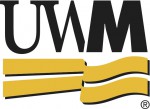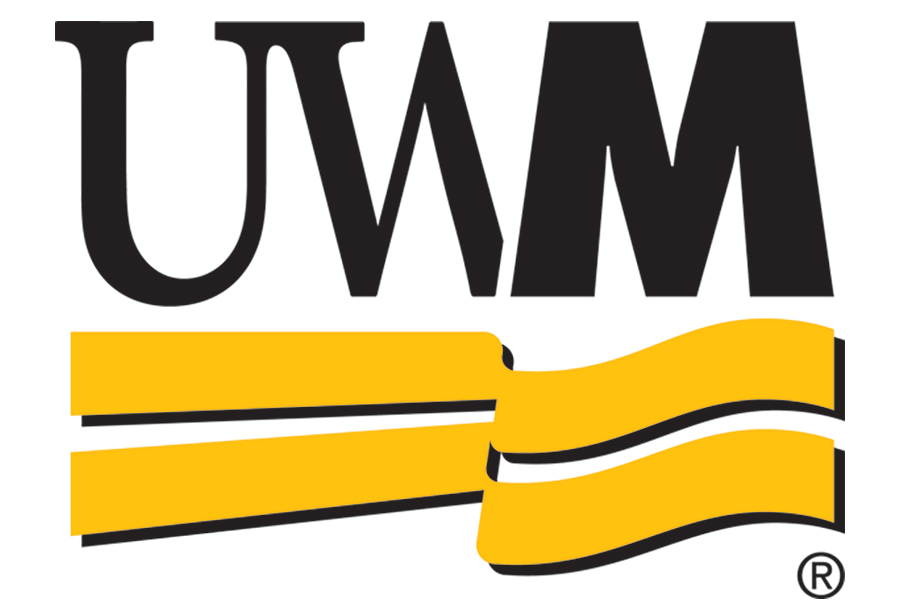LIGO and Virgo Detect Second Neutron Star Smash-Up
The discoveries come just weeks after LIGO and Virgo turned back on.
Nearly two years after a detecting gravitational waves from a neutron star collision, three detectors – the Laser Interferometer Gravitational-Wave Observatory and the European-based Virgo detector – have found waves from two other such sources.
The gravitational waves detected April 25 also appear to be from a crash between two neutron stars — the dense remnants of massive stars that previously exploded. Then, on April 26, the LIGO-Virgo network spotted another candidate wave-source with a potentially interesting twist: It may, in fact, have resulted from the collision of a neutron star and black hole, an event never before witnessed.
“The universe is keeping us on our toes,” says Patrick Brady, spokesperson for the LIGO Scientific Collaboration and a professor of physics at the University of Wisconsin-Milwaukee.
“We’re especially curious about the April 26 candidate. Unfortunately, the signal is rather weak. It’s like listening to somebody whisper a word in a busy café; it can be difficult to make out the word or even to be sure that the person whispered at all. It will take some time to reach a conclusion about this candidate.”
The discoveries come just weeks after LIGO and Virgo turned back on. The twin detectors of LIGO — one in Washington state and one in Louisiana — along with Virgo, located in Italy, resumed operations April 1, after undergoing a series of upgrades to increase their sensitivities to gravitational waves — ripples in space and time.
Each detector now surveys larger volumes of the universe than before, searching for extreme events such as smash-ups between black holes and neutron stars.
In addition to the two new candidates involving neutron stars, the LIGO-Virgo network has, in this latest run, spotted three likely black hole mergers. In total, since making history with the first-ever direct detection of gravitational waves in 2015, the network has spotted evidence for two neutron star mergers, 13 black hole mergers and one possible black hole-neutron star merger.
“With these observations we are performing a census of the black hole and neutron star binaries in the universe,” said Jolien Creighton, UWM professor of physics. “This census will give us new insight into how massive stars live and die, the origin of heavy elements, the expansion of the cosmos, and it will allow us to perform unique tests of Einstein’s theory of gravity.”
When two black holes collide, they warp the fabric of space and time, producing gravitational waves. When two neutron stars collide, they send out not only gravitational waves but also light. That means telescopes sensitive to light waves across the electromagnetic spectrum can witness these fiery impacts together with LIGO and Virgo.
One such event occurred in August 2017: LIGO and Virgo initially spotted a neutron star merger in gravitational waves and then, in the days and months that followed, about 70 telescopes on the ground and in space witnessed the explosive aftermath in light waves, including everything from gamma rays to optical light to radio waves.
In the case of the two recent neutron star candidates, telescopes around the world once again raced to track the sources and pick up the light expected to arise from these mergers. Hundreds of astronomers eagerly pointed telescopes at patches of sky suspected to house the signal sources. However, at this time, neither of the sources has been pinpointed.
Finding the locations of these events soon after the gravitational waves are detected offers scientists the opportunity to gain more information about violent events in the cosmos.
“Even with all of the planning and preparation that we did following the first double neutron star detection, fantastic new telescopes and truly staggering non-stop efforts by astronomers around the world, we couldn’t identify a likely signal,” said David Kaplan, UWM associate professor of physics. “But we are even more excited for the discoveries to come.”
The search for explosive counterparts of the gravitational-wave signal is challenging because of the amount of sky that must be covered and the rapid changes in brightness that are expected, the astronomers said.
The April 25 neutron star smash-up, dubbed S190425z, is estimated to have occurred about 500 million light-years away from Earth. Only one of the twin LIGO facilities picked up its signal along with Virgo (the LIGO detector in Washington state was offline). Because only two of the three detectors registered the signal, estimates of the location in the sky from which it originated were not precise, leaving astronomers to survey nearly one-quarter of the sky for the source.
The possible April 26 neutron star-black hole collision (referred to asS190426c) is estimated to have taken place roughly 1.2 billion light-years away. It was detected by all three LIGO-Virgo facilities, which helped better narrow its location to regions covering about 1,100 square degrees, or about three percent of the total sky.
Researchers at UWM are part of the LIGO Scientific Collaboration, an international consortium of 70 institutions and hundreds of researchers. The UWM team developed the analytical framework and the computational tools to make LIGO’s discoveries possible.
About UWM
Recognized as one of the nation’s 131 top research universities, UW-Milwaukee provides a world-class education to 27,500 students from 91 countries on a budget of $689 million. Its 15 schools and colleges include Wisconsin’s only schools of architecture, freshwater sciences and public health, and it is a leading educator of nurses and teachers. UW-Milwaukee partners with leading companies to conduct joint research, offer student internships and serve as an economic engine for southeastern Wisconsin. The Princeton Review named UW-Milwaukee a 2019 “Best Midwestern” university based on overall academic excellence and student reviews, and the Sierra Club has recognized it as Wisconsin’s leading sustainable university.
About LIGO
LIGO is funded by NSF and operated by Caltech and MIT, which conceived of LIGO and led the Initial and Advanced LIGO projects. Financial support for the Advanced LIGO project was led by the NSF with Germany (Max Planck Society), the U.K. (Science and Technology Facilities Council) and Australia (Australian Research Council-OzGrav) making significant commitments and contributions to the project. Approximately 1,300 scientists from around the world participate in the effort through the LIGO Scientific Collaboration, which includes the GEO Collaboration. A list of additional partners is available at https://my.ligo.org/census.php.
About Virgo
The Virgo Collaboration is currently composed of approximately 350 scientists, engineers, and technicians from about 70 institutes from Belgium, France, Germany, Hungary, Italy, the Netherlands, Poland, and Spain. The European Gravitational Observatory (EGO) hosts the Virgo detector near Pisa in Italy, and is funded by Centre National de la Recherche Scientifique (CNRS) in France, the Istituto Nazionale di Fisica Nucleare (INFN) in Italy, and Nikhef in the Netherlands. A list of the Virgo Collaboration members can be found at http://public.virgo-gw.eu/the-virgo-collaboration/. Find more on the Virgo website: http://www.virgo-gw.eu.
NOTE: This press release was submitted to Urban Milwaukee and was not written by an Urban Milwaukee writer. While it is believed to be reliable, Urban Milwaukee does not guarantee its accuracy or completeness.






















